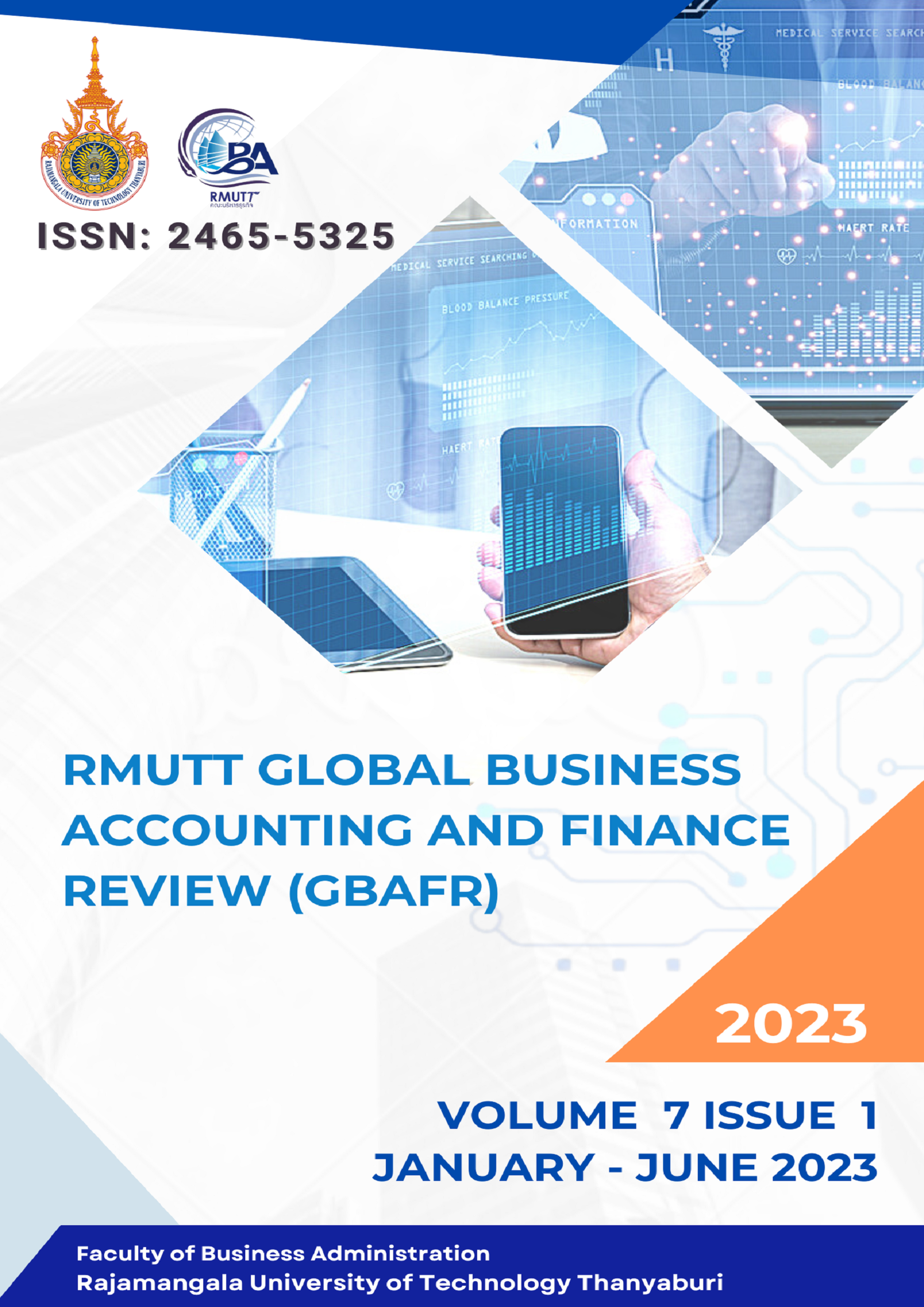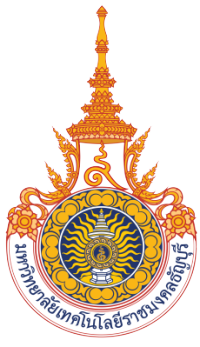DECISION-MAKING FOR USING FOOD ORDERING APPLICATIONS ON SMARTPHONES BY PEOPLE IN THE PROVINCE OF RATCHABURI
Keywords:
Purchase Decision, Application for Ordering Food, Marketing Mix from Consumers’ Viewpoints, MIMIC modelAbstract
The research sought to accomplish the following goals: 1) To examine the demographic factors influencing the decision of people in Ratchaburi province to use smartphone applications for food ordering, and 2) To study the marketing mix factors, as perceived by consumers influencing customers’ decisions to use smartphone applications for food ordering in the province of Ratchaburi. This study employed a quantitative research methodology and collected a convenience sample of 313 participants. The statistical analysis included a variety of methods, such as percentage calculation, determination of mean and standard deviation, t-test, one-way ANOVA, and application of the Multiple Indicators and Multiple Causes Model (MIMIC model). The decision of consumers in Ratchaburi province to place their food orders via smartphone applications was influenced by a variety of demographic factors, including gender, age, education level, and average monthly income. At the 0.05 level of statistical significance, these factors were found to be significant. In addition, the opinions of customers regarding the aspects of the marketing mix that were considered in the decision-making process were taken into consideration. These aspects of the market were referred to as Consumer Wants and Needs (CWN), Convenience to Buy (CTB), Communication that Connects (CTC), and Consumer's Cost to Satisfy (CCS). It was determined that these parameters had a predictive value equivalent to 76.30 percent.
References
Ali, B. J., & Anwar, G. (2021). Marketing Strategy: Pricing strategies and their influence on consumer purchasing decisions. International Journal of Rural Development, Environment and Health Research, 5(2), 26-39.
Brand Age Online. (2022). dissecting the evolution of cell production An era where manufacturers must develop technology along with sustainability. Retrieved from https://www.brandage.com/article/21937/dtac
Constantinides, E. (2006). The marketing mixes revisited: towards the 21st-century marketing. Journal of marketing management, 22(3-4), 407-438.
Cronbach, L. J. (1970). Essentials of Psychological Testing. New York: Harper & Row.
Dhevakul, P. (2020) Consumer Decision-Making on Grab Food in Bangkok. (Master’s thesis, Ramkhamhaeng University).
Hair, J. F., Black, W. C., Babin, B. J. & Anderson, R. E. (2010). Multivariate Data Analysis (7th ed.). Upper Saddle River, NJ: Prentice Hall.
KBank Research Centre. (2019). Ordering Food of Application Competition. Retrieved from https://www.kasikornresearch.com/th/analysis/k-econ/business/Pages/z2995.aspx
Kotler, P. (2012). Kotler on marketing. New York: Simon and Schuster.
Laohasamphantaporn, W. (2022) The Influence of Marketing Mix on Decision Behavior towards Foodpanda Application in Hatyai District, Songkhla Province. (Master’s thesis, Prince of Songkhla University).
Lee, S. M., & Trimi, S. (2018). Innovation to Creating a Smart Future. Journal of Innovation & Knowledge, 3, 1-8.
Marketing Oops. (2015). Data analytics data knowledge field for better marketing. Retrieved from https://www.marketingoops.com/news/biz-news/dataanalytics/
Neamsri, I. (2017). The decision to use the LINEMAN application service in Bangkok. (Master’s thesis, Bangkok University).
Office of The Royal Society. (2020). Thai Royal Society dictionary. Retrieved from http://www.royin.go.th/dictionary/.
Panthutanasopon, L. (2015): New Concept: Marketing Mix in Consumer’s Viewpoint. Christian University Journal, 21(1),1-11.
Petpradubsook, T. (2020). Factors Influencing the Behavior of Using Food Ordering Service Via Smartphone Applications of Consumers in Bangkok. (Master’s thesis, Srinakharinwirot University).
Prasad, R. K., & Jha, M. K. (2014). Consumer buying decisions models: A descriptive study. International Journal of Innovation and applied studies, 6(3), 335.
Rittiboonchai, W. (2021). Marketing mix factors affecting the frequency and loyalty in online transactions of Nakhon Pathom teenagers. Interdisciplinary Research Review, 16(1), 32-35.
Saichana, S., & Srinuan, C. (2018). Factors affecting the usage behaviour of the QueQ application in Bangkok. Journal of Industrial Education, 17(3), 156-165.
Sameajai, C. (2007). Consumer’s Behavior. Bangkok: SeEducation
Schiffman, L. G., & Kanuk, L. L. (2007). Consumer Behaviour (9th ed.). New Jersey: Prentice–Hall.
Wibisono, L. K., & Pasulu, I. (2022). Business Competition in the Era of Technology: Shifting the 4P to 4C. The International Conference on Economics and Business, 1(2), 59-70.
Yadav, N., Sota, S., & Chaudhary, H. (2023). Applications of virtual reality in marketing (2000-2020): a 4C marketing-mix based review and future research agenda. International Journal of Internet Marketing and Advertising, 18(2-3), 121-147.
Downloads
Published
How to Cite
Issue
Section
License
Copyright (c) 2023 Faculty of Business Administration, Rajamangala University of Technology Thanyaburi

This work is licensed under a Creative Commons Attribution-NonCommercial-NoDerivatives 4.0 International License.









